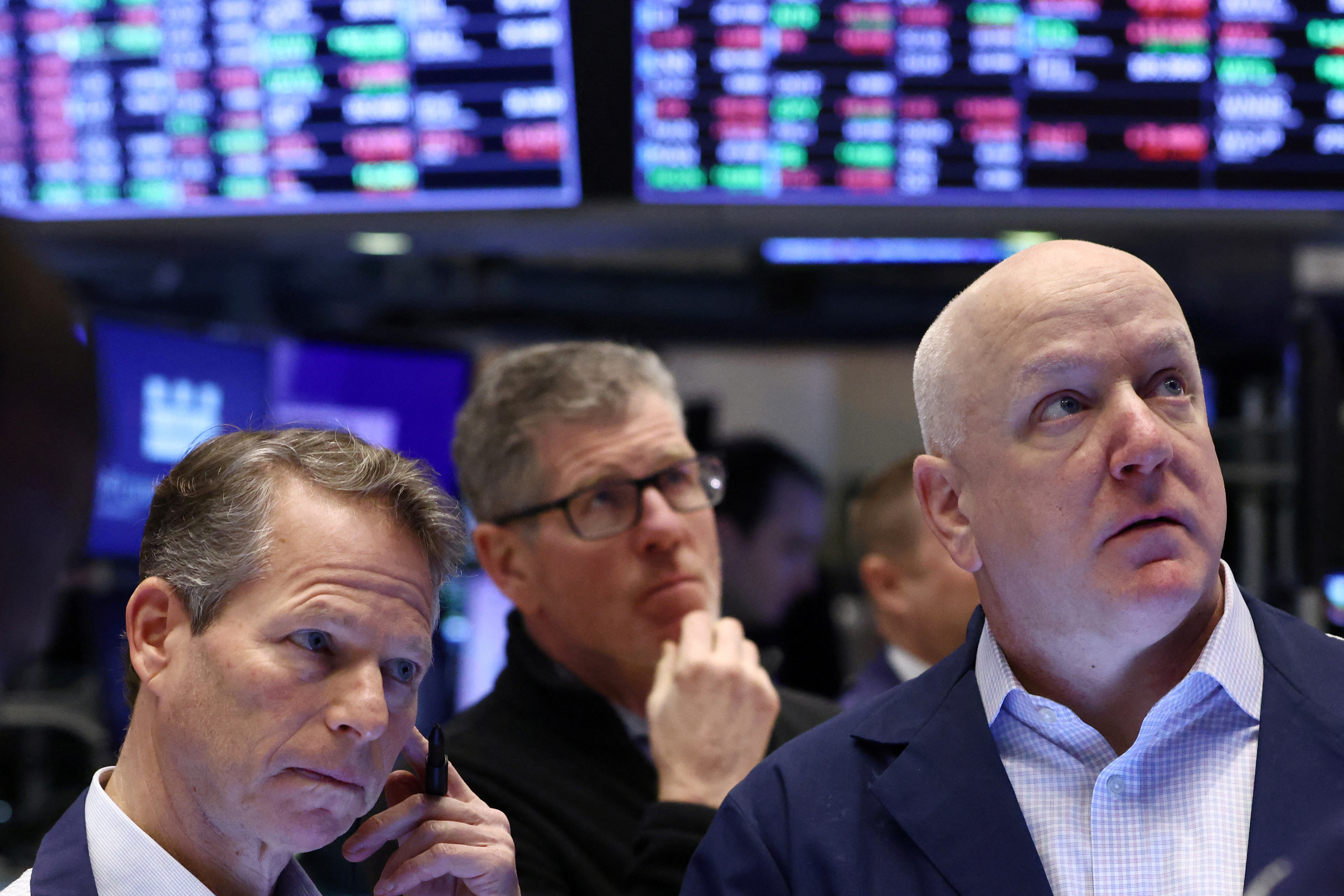
U.S. stock indexes were lower on Wednesday in choppy trade, bouncing off session lows hit when the Federal Reserve increased interest rates by a quarter of a percentage point and said it expects “ongoing increases” in borrowing costs as it keeps battling high inflation.
Its statement did hint that future rate increases would likely be in quarter-point increments, replacing a reference to the “pace” of future increases with its reference to the “extent” of rate changes.
The size of increase for its first policy meeting of the year was in-line with expectations after rapid increases in 2022 aimed at taming decades-high inflation.
“The Fed threw no curve balls, as they did what was widely expected. The door is cracking open to end rate hikes, but they still have a chance for one more rate hike at the next meeting,” said Ryan Detrick, chief market strategist at Carson Group in Omaha. “The economy is still growing, which is comforting as (the Fed is) not worried of an impending recession.”
Also Detrick said the Fed is likely “going to end hikes fairly soon as the inflation data continues to show major improvements, which is exactly what the Fed needs to take their foot off the pedal.”
By 2:18 p.m. ET (1918 GMT), the Dow Jones Industrial Average (.DJI) fell 328.79 points, or 0.96%, to 33,757.25, the S&P 500 (.SPX) lost 16.5 points, or 0.40%, to 4,060.1 and the Nasdaq Composite (.IXIC) dropped 3.75 points, or 0.03%, to 11,580.81.
The Nasdaq was flitted between red and green after the Fed’s announcement but made little progress in either direction.
After the statement, money markets were betting on a terminal rate of 4.94% in June compared with 4.92% just before but U.S. futures were still pricing in rate cuts this year with the fed funds rate seen at 4.486% by the end of December, the same as before the meeting.
Recent readings have indicated that inflation is easing, with the Fed also looking at data that will determine the resilience of the labor market and the pace of wage growth.
But data showed U.S. job openings unexpectedly rose in December ahead of the Labor Department’s comprehensive report on nonfarm payrolls for January due on Friday.
Separate economic data showed U.S. manufacturing contracted further in January as higher rates stifled demand for goods.
All three indexes had a strong start to the year, with the S&P (.SPX) and the Dow (.DJI) witnessing their first gain for January since 2019 as investors returned to markets, which were bruised in the previous year by a hawkish Fed.
Most of the 11 major sectors on the S&P 500 were in the red, with only technology shares (.SPLRCT) up slightly.
Declining issues outnumbered advancing ones on the NYSE by a 1.27-to-1 ratio; on Nasdaq, a 1.04-to-1 ratio favored advancers.
The S&P 500 posted 14 new 52-week highs and no new lows; the Nasdaq Composite recorded 89 new highs and 22 new lows.

